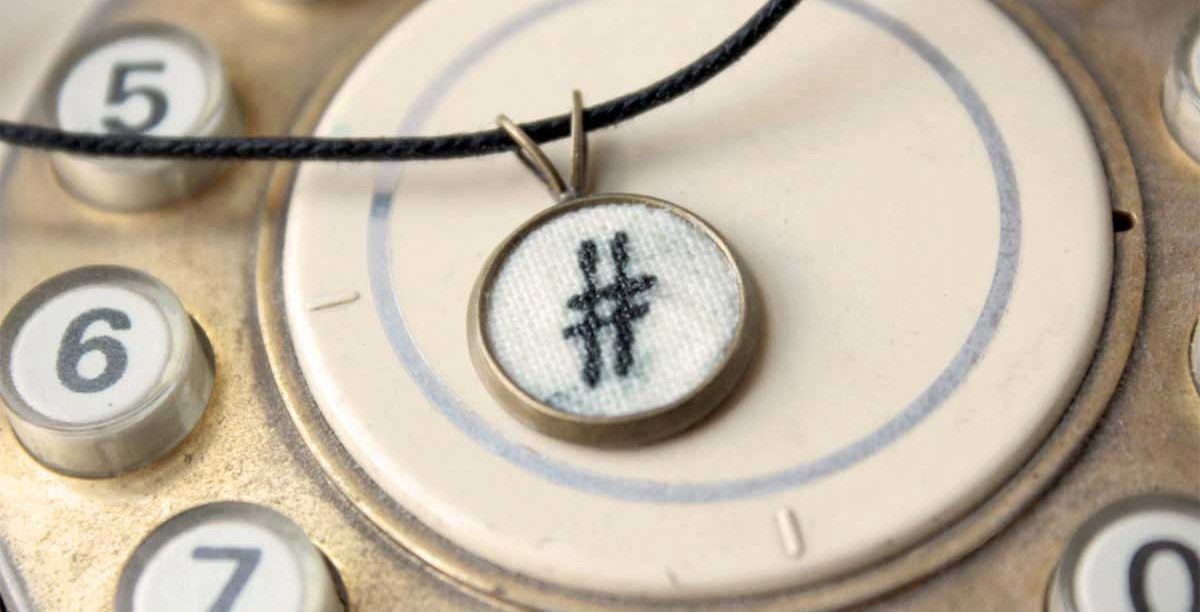Effortlessly Expand Your Reach by Crowdsourcing Your Content

Crowdsourcing content is a great way to spread awareness, engage your nonprofit community, and curate content for your own website or social media accounts all at the same time. It demonstrates value for your supporters’ individual personalities and support and makes inclusivity more palpable to your community. It also infuses your organization’s feeds with awesome content.
Whether it’s for a specific campaign or year-round initiative, expand your call for content to your supporters.
Call on supporters to express why they’re drawn to your cause, whether it’s for a specific campaign, a year-round initiative, recurring support or just ‘cause. Here are a few ways you can draw on user-generated content, as well as examples for each practice.
Write it Out
You’ve seen them before – photos of supporters holding up signs to spread awareness. It’s a classic way to effectively engage a nonprofit community by amplifying supporters’ personal connection to your cause. It also helps them share a connection with each other and feel like they’re part of a greater movement.
Pose a question to your supporters, ask them to write out their response, take a picture and share on social media. Make sure to create a campaign hashtag so it’s easy to discover the message and create a stream linked to your organization.
For their Fears Vs. Dreams campaign, To Write Love On Her Arms asks supporters to share their greatest fears and dreams. To bring cohesiveness to the entries, TWLOHA provides a downloadable, branded PDF that supporters can print and use to write out their responses. Supporters then post a photo of their answers on social media using the hashtag #FearsVsDreams.
One of the coolest things about this campaign is its microsite. The content of the homepage is completely supporter-generated; the main header displays supporters with their fears and dreams postcards. Below, a tiled Instagram feed of the campaign is displayed.
Creating a unique microsites can be awesome addition to a campaign’s branding, especially because you can display the movement’s momentum with targeted messaging. It’s a great way to display your supporters’ Tweets, Instagram feeds, photos and messages of support. As TWLOHA demonstrates, it doesn’t have to be expensive or complicated either (this site is made on Tumblr).
Spin Testimonials into Videos
With its combination of images, sound, and music, a nonprofit video is a powerful storytelling device that inspires. And when it comes to touching viewers, personal experiences are the most powerful stories of all. Use testimonials from your supporters, volunteers, or beneficiaries as the basis of your next video. Because they put faces to your cause, these individual stories make your organization’s mission explicit and tangible. And, most importantly, they authenticate your impact through firsthand experiences.
Take this great example from the Movember Foundation. By showing how one Mo Bro’s experience with prostate cancer was impacted by Movember, the organization raises awareness for the cause, makes their influence tangible, and inspires viewers to take action.
Launch a Social Media Campaign
A huge part of engaging supporters on social media is offering quality content – photos, videos, or infographics. But sometimes, the best content comes from supporters themselves. Kick your online engagement up a notch by launching a social media campaign that asks your community to craft and share their own videos or photos (depending on the social network). Tie it all back to your nonprofit by having supporters include your campaign hashtag. Unlike the “Write It Out” campaign, you’re leaving the task more open-ended and asking your supporters to get ultra-creative with their campaign participation.
For example, to raise awareness for the fight against AIDS, (RED) partnered up with Mashable to set a record for the most number of Vines created for a cause. The 24-hour worldwide campaign simply asked participants to include the color red or spread the message, and tag their video with the campaign’s hashtag #REDWorldRecord. Many of the submissions were featured on Mashable’s homepage and the NASDAQ Tower in Times Square.
Viners around the world answered the call, and they collectively set a new world record for the most number of Vines created for a cause!
Make It Interactive
Sustain engagement by not just crowdsourcing content, but also making it an interactive, community-oriented experience. Consider launching a contest or campaign to collect supporter-generated content; then, ask supporters to evaluate the submissions, give feedback, or cast votes for their favorites. By opening up the decision-making process, you can demonstrate value for your supporters’ opinions, encourage their ideas and input, and even draw in new audiences for your campaign. The more participatory, the farther your reach (all the better!)
A great example comes from the Brooklyn Museum. For its “Click! A Crowd-Curated Exhibition,” the museum invited people to submit photographs related to the exhibition’s theme. The online public then evaluated the entries, which were showcased by ranking at the final exhibition. Nearly 3,400 people participated to evaluate 389 photo entries!
Quick Guidelines for the Crowdsourcing Marketer
Finally, here are a few tips to make your next crowdsourcing initiative engaging and successful:
- Keep things simple – Break down your directions into smaller, clear tasks. You want to make sure supporters know what to do, and how to do it.
- Communicate clearly – Make it easy for supporters to spread the word about your campaign. Keep your messaging as short and simple as possible, and ask them to share content to their networks.
- Strategize where to collect what content – Make sure you know your audience, where to find them, and how they like to be engaged. Crowdsource (and cross-promote) appropriate content types accordingly. For example, Vines tend to be shared frequently on Twitter, while tweets including Instagram links are 42% less likely to get retweeted.
- Interact with supporters – Stay personable with supporters during the process, and you’ll improve engagement rates. Thank-you’s, encouraging comments, and shares go a long way in motivating supporters. Remind them that their creative efforts are supporting your mission.
- Reward participation – Consider offering incentives for participants. Will submissions be featured on your organization’s homepage? On your social media account? Spotlighting top entries can really push participation and shares.Crowdsourcing content is an excellent way to engage your community and fuel your organization’s feeds. If you haven’t tried it yet, we hope these tips have sparked an idea or two for your next campaign!

The Plan Your Campaign Field Guide
Subscribe to the Classy Blog
Get the latest fundraising tips, trends, and ideas in your inbox.
Thank you for subscribing
You signed up for emails from Classy
Request a demo
Learn how top nonprofits use Classy to power their fundraising.



